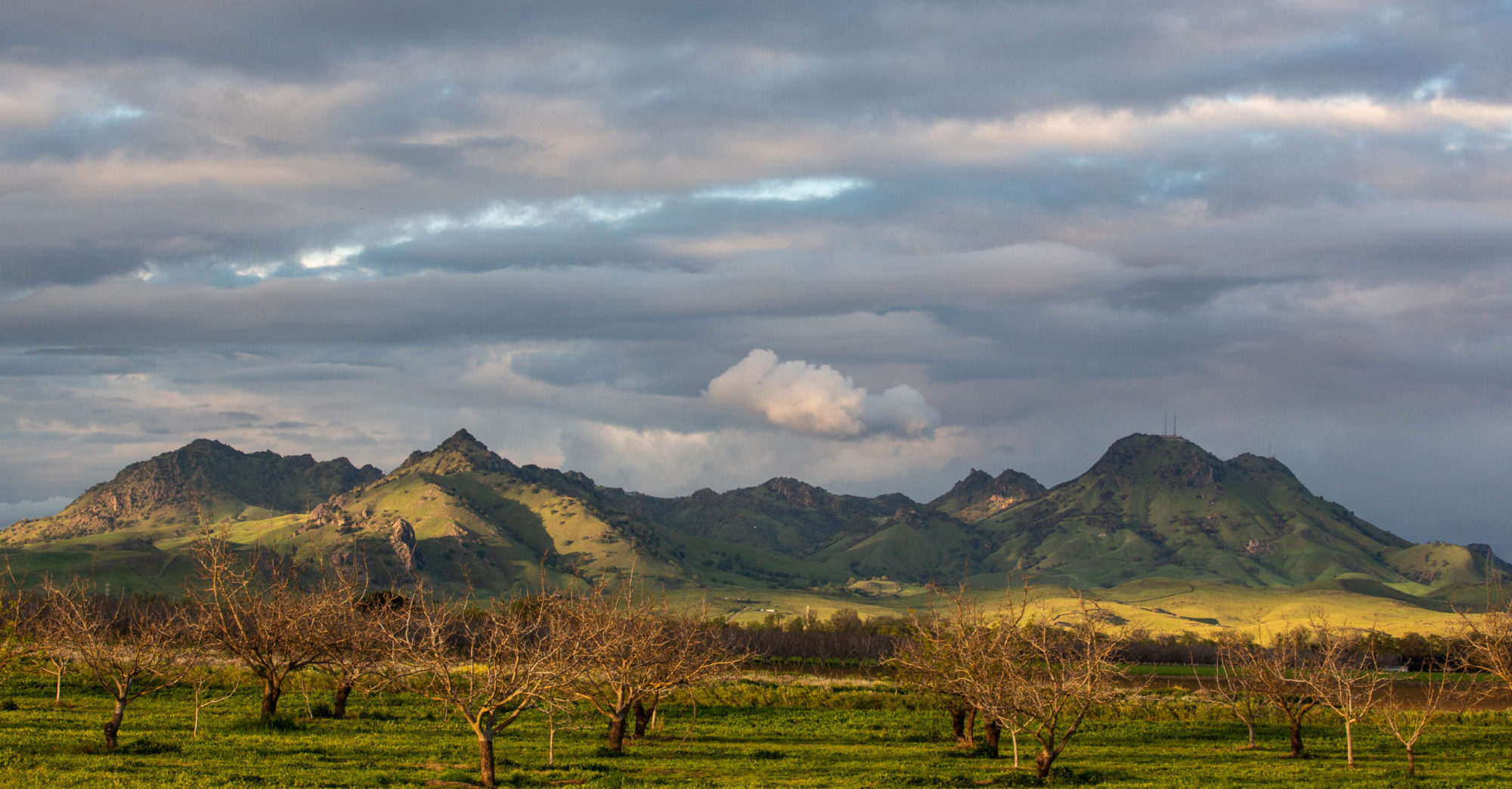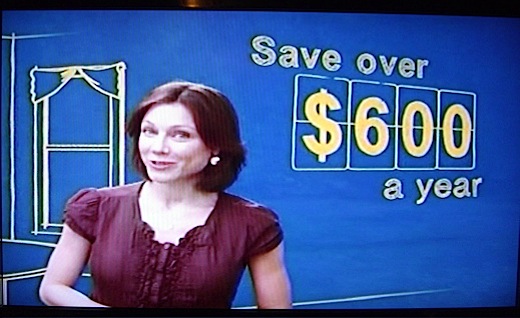1880: The Weaver-Sparks Affray
During deliberations on December 21, the House took up a funding bill–“a measure from the consideration of which no one would suspect a disgraceful riot could possibly arise,” The New York Times noted. But debate over the bill, or rather a debate over how the bill should be debated, quickly deteriorated into accusations of party disloyalty and political skulduggery. Soon, the quarreling centered on two members: James Baird Weaver, a member of the Greenback Party from Iowa, and William Andrew Jackson Sparks, Democrat of Illinois.

While Weaver (left) inveighed against Democratic monetary policy, Sparks (right) and several others tried to shout him down, and someone was heard to call Weaver a liar. Sparks apologized for getting exercised but said he wasn’t the one who called Weaver a liar. Weaver accepted the apology, then issued a warning. Here’s how The Times described the scene in its December 22 editions:
” ‘I would not harm a hair of your head [Weaver said]; but don’t make any mistake about me. My fighting weight is 185 pounds, and my address is Bloomfield, Iowa.’
“This increased the general merriment and increased Mr. Sparks’s anger. Shaking his fist at Mr. Weaver, he shouted: ‘I have a contempt for that man’s arm. It can’t be used to hurt me. The manner in which he received my explanation shows that he is not a gentleman, a fact of which his conduct in the Presidential campaign has given abundant proof.’
“At this point, for the first time during the long controversy, Mr. Weaver lost his temper, and replied to Mr. Sparks by saying: ‘In the presence of the House of Representatives I denounce you as a liar.’
” ‘… And I denounce you as an unmitigated scoundrel,’ rejoined the irate Sparks.”
Weaver and Sparks rushed at each other but were restrained from fisticuffs as dozens of members rushed toward the Speaker’s desk. The Times again:
“At this time, the commotion on the floor of the House had the appearance of a mob fight, and from the galleries it looked as though such a termination was inevitable. At least three members were struggling to encounter each other in combat, and at least 60 others were wrestling and shouting to prevent the threatened conflict. … In the midst of the uproar some wag from the rear of the hall shouted: ‘Trot out the American eagle,’ referring to the silver mace surmounted by that bird, which is the emblem of the authority of the House when borne by the Sergeant-at-Arms. Finally, Sergeant-at-Arms Thompson made his appearance, bearing the silver mace, and parading with it among the members forced them to be seated, thus quelling the disorder.”
The House adjourned. When it met again the next day, Reps. Sparks and Weaver were taken to task for what other members termed a “pot-house brawl” and “gambling-house quarrel.” Members debated whether the would-be combatants should be censured or simply required to apologize. Rep. Selwyn Zadock Bowman, Republican of Massachusetts, thought a mere apology wasn’t sufficient for the “gross outrage” committed against the House. “The two gentlemen … had bandied between themselves the vilest and the most opprobrious epithets that could pass from one man to another. They had boasted of their fighting weight [here the House reportedly erupted in laughter]; they had treated it as a joke; they had … endeavored to strip off their coats, and had only been separated by force.”
“The vilest and most opprobrious epithets”? How times have changed. Notwithstanding Bowman’s plea to preserve the dignity of the House–“a sacred tribunal,” he called it–Sparks and Weaver were allowed to end the affair with apologies to the chamber.



